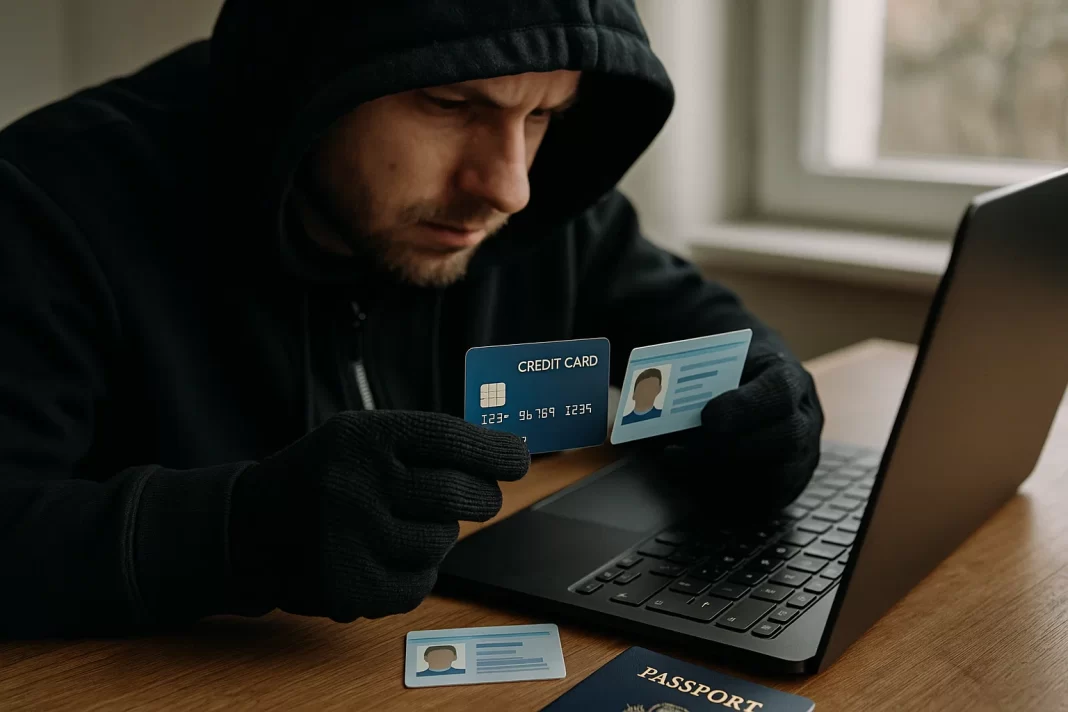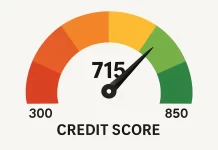Identity theft in America has reached epidemic proportions, with millions of victims across the country facing financial and emotional devastation each year. In fact, it’s one of the fastest-growing crimes in the U.S., impacting individuals, businesses, and even entire sectors of the economy. The threat is real, and as we move into 2025, the situation is only worsening.
A Crime on the Rise
In 2024, the Federal Trade Commission (FTC) reported over 1.1 million cases of identity theft in the U.S., marking a troubling increase of nearly 100,000 incidents from the previous year. This surge underscores the growing reach and sophistication of identity thieves who are taking advantage of technological advances and lax security protocols. Once primarily focused on stealing social security numbers, identity thieves now use a broader range of tactics—ranging from synthetic identity fraud to phishing schemes and data breaches.
What’s at Stake?
The fallout from identity theft goes beyond financial loss—it can leave victims with damaged credit scores, massive amounts of debt, and a long road to recovery. The emotional toll is equally significant, as many victims face feelings of violation and helplessness. The personal impact is especially evident when it comes to credit card fraud, one of the most common forms of identity theft. The U.S. saw nearly 450,000 cases of credit card fraud in 2024 alone, making up nearly half of all identity theft reports.
In addition to the direct impact on individuals, identity theft also poses a threat to businesses and government agencies. Fraudulent claims for unemployment benefits, tax refunds, and government services are on the rise, costing taxpayers billions of dollars each year. Meanwhile, businesses bear the costs of data breaches, security overhauls, and lost consumer trust.
The New Face of Identity Theft: A Technological Evolution
The traditional image of identity theft—someone stealing a wallet or rummaging through trash for personal information—has evolved. Today, most criminals operate in the shadows of the internet, taking advantage of new technologies and digital platforms. The rise of data breaches, for example, has opened the door for hackers to steal massive amounts of personal data from companies like Target, Facebook, and Equifax. When personal information such as social security numbers, birth dates, and credit card details are exposed, thieves can use that data to impersonate victims and wreak havoc on their financial lives.
What makes this especially dangerous is the rise of synthetic identity fraud, which involves combining real and fake data to create a new, completely fabricated identity. This method allows criminals to open credit accounts and rack up debt without immediately alerting authorities or the victim. Because synthetic identities are difficult to trace, they present one of the most significant challenges in fighting identity theft.
Who’s at Risk?
While no one is immune from identity theft, certain groups and regions are particularly vulnerable. Young adults aged 18 to 29, who are just beginning to build their credit histories, are often targeted by fraudsters because they may not yet be as cautious with their personal information. Similarly, older Americans, particularly those over 60, are frequent targets due to their typically larger savings and less familiarity with emerging online threats.
Geographically, states like California, Texas, and Florida, with large populations, see the most identity theft reports. However, when adjusted for population size, states like Arkansas and Louisiana have some of the highest rates of reported fraud.
The Impact on the Economy
Identity theft is not just a problem for individuals—it’s a massive issue for the economy. The total cost of identity theft to the U.S. economy is estimated at over $16 billion annually, with businesses, financial institutions, and the government footing much of the bill. Companies are forced to spend millions on fraud prevention measures, legal fees, and customer service. Additionally, victims of identity theft often face long periods of financial recovery, which can limit their ability to invest in the economy or contribute to consumer spending.
For the government, the costs associated with fraud—especially in areas like unemployment benefits, healthcare, and tax fraud—are overwhelming. Cybercriminals have been known to file fraudulent tax returns in the names of unsuspecting individuals, pocketing the refunds. In 2024, the IRS reported a significant rise in tax fraud cases, leading to increased scrutiny on tax filings and a strain on federal resources.
Steps America Can Take to Fight Back
With identity theft on the rise, what steps can Americans take to protect themselves? First and foremost, consumers need to be vigilant about their personal data. Here are some key actions individuals can take:
-
Freeze Credit: Freezing your credit at all three major bureaus (Experian, Equifax, and TransUnion) is one of the most effective ways to prevent criminals from opening new credit accounts in your name.
-
Monitor Your Accounts: Regularly check bank accounts, credit reports, and credit card statements for suspicious activity. Many financial institutions offer free alerts for unusual spending or login attempts.
-
Beware of Phishing Scams: Be cautious when clicking on links in unsolicited emails or text messages. Always verify the sender’s identity before providing any personal information.
-
Use Strong Passwords: Avoid using the same password across multiple sites and opt for multi-factor authentication whenever possible to add an extra layer of security to your accounts.
-
Invest in Identity Theft Protection: Consider signing up for an identity theft protection service that provides regular monitoring, fraud alerts, and assistance if your personal information is compromised.
-
Shred Sensitive Documents: Paper-based identity theft is still a concern. Shred documents containing sensitive information before discarding them.
The Role of Technology in Combatting Identity Theft
In the fight against identity theft, technology is both a tool for criminals and a solution for defense. Advances in artificial intelligence (AI) and machine learning are being used to detect fraud more quickly and accurately. Banks and credit institutions are also investing in biometric authentication, such as fingerprint scanning and facial recognition, to make it harder for thieves to access personal accounts.
However, technology alone won’t solve the problem. The American public needs to be educated about the risks and take proactive steps to safeguard their personal data. As digital fraud becomes more sophisticated, so too must the responses from individuals, businesses, and government agencies.
Conclusion: A Nationwide Problem Requires a Collective Solution
Identity theft is a growing problem that affects millions of Americans every year. As technology evolves, so too do the tactics of criminals who steal personal information for financial gain. While no solution is perfect, a combination of vigilance, technological innovation, and strong security measures can help mitigate the impact of identity theft.
The fight against identity theft is not just an individual battle; it’s a national crisis that requires the cooperation of everyone—consumers, businesses, and policymakers alike. By taking steps to protect personal data and investing in more secure systems, Americans can begin to fight back against this growing threat. The time to act is now—because when it comes to identity theft, prevention is the best defense. Check out some of the best online identity theft protection services.







